Kuidas otsida opsüsteemis Windows 11: kõik, mida pead teadma

Kuidas kasutada Windows 11 otsingut tõhusalt ja kiiresti. Hanki kasulikud näpunäited ja parimad praktikad Windows 11 otsingufunktsiooni jaoks.
Windows 11 on alates mõne kuu tagusest väljakuulutamisest teinud üsna suurt uudishimu. Insideritel ja beetatestijatel on öelda palju positiivset ning tundub, et uus kasutajaliides ja funktsioonid sobivad kõigile hästi. Windows 11-l on täiustatud otsingufunktsioon, mis muudab failide leidmise kiiremaks ja tõhusamaks. Kui soovite kasutada Windowsi otsingut, siis siin on kõik, mida peate selle kohta teadma. Alustame.
SisuWindows 11-l on otsingus palju kapotialuseid täiustusi. Siin on mõned peamised uuendused:
Saate seda kasutada Windows + S klaviatuuril, et kuvada Windows Search otse oma süsteemis. Jätkake tippimist, et alustada asjakohaste rakenduste, failide ja kaustade otsimist.

Windowsi otsingut saate kasutada järgmistel viisidel. Igal meetodil on oma eelised ja eelised:
Menüü Start avamiseks vajutage klaviatuuril Windowsi klahvi. Alustage otsitava faili/programmi nime tippimist, mis peaks automaatselt otsingutulemustes ilmuma.
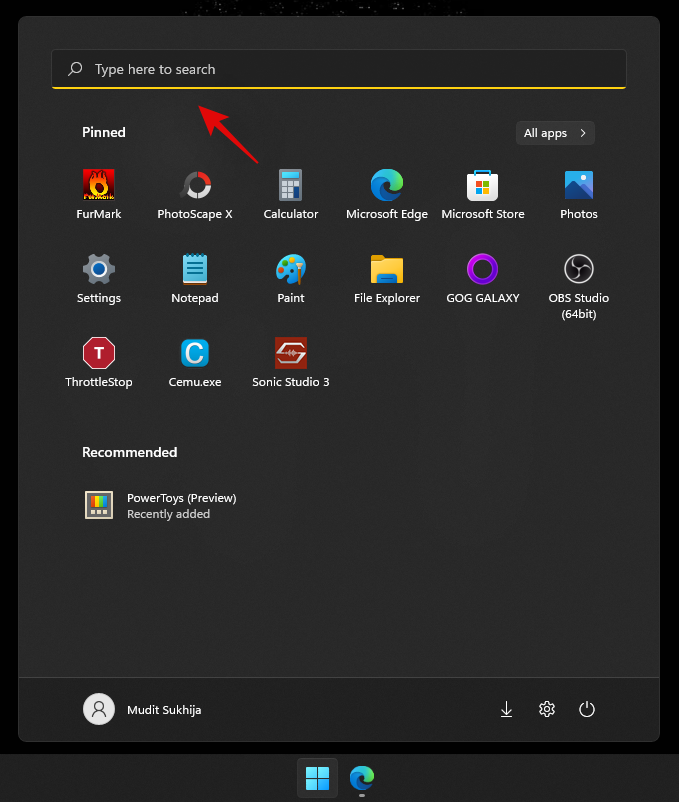
Otsingu avamiseks vajutage klaviatuuril Windows + S. Sisestage oma otsingusõna ja Windows otsib nüüd teie faili/kausta.
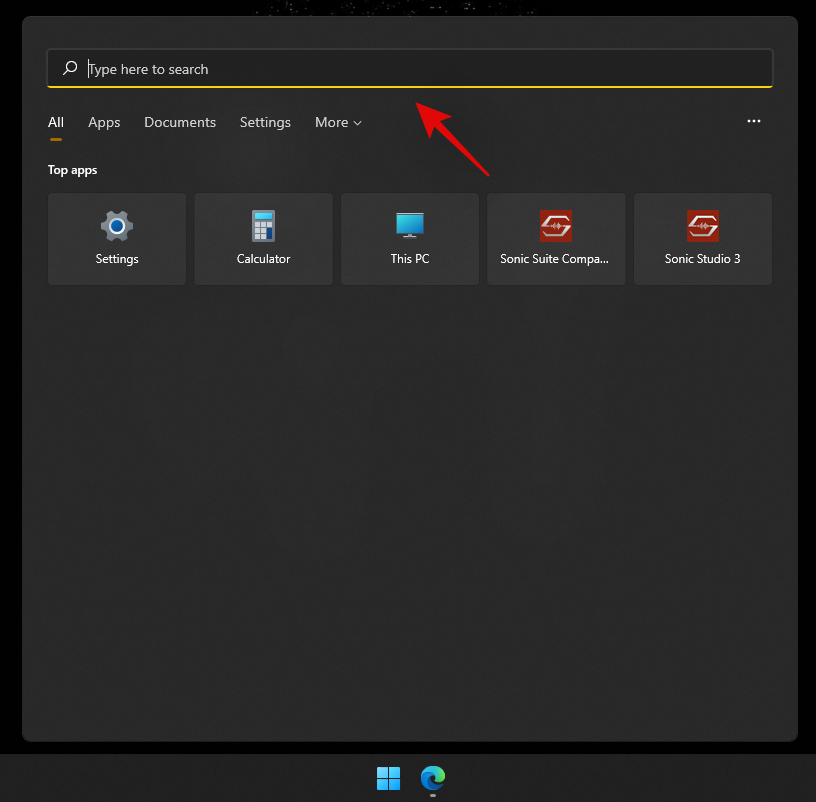
File Exploreri avamiseks vajutage Windows + E. Liikuge draivi/kataloogi/kausta, mida soovite otsida, ja klõpsake ekraani paremas ülanurgas otsingukastil.
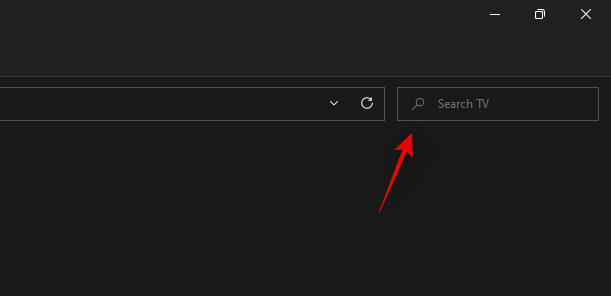
Vaikimisi indekseerib Windows Search ainult valitud katalooge. Uute asukohtade indekseerimiseks avage Seaded ja valige 'Privaatsus ja turvalisus' ning seejärel 'Otsin Windowsist'. Valige "Täiustatud" ning märkige oma draivid, mida soovite indekseerida.
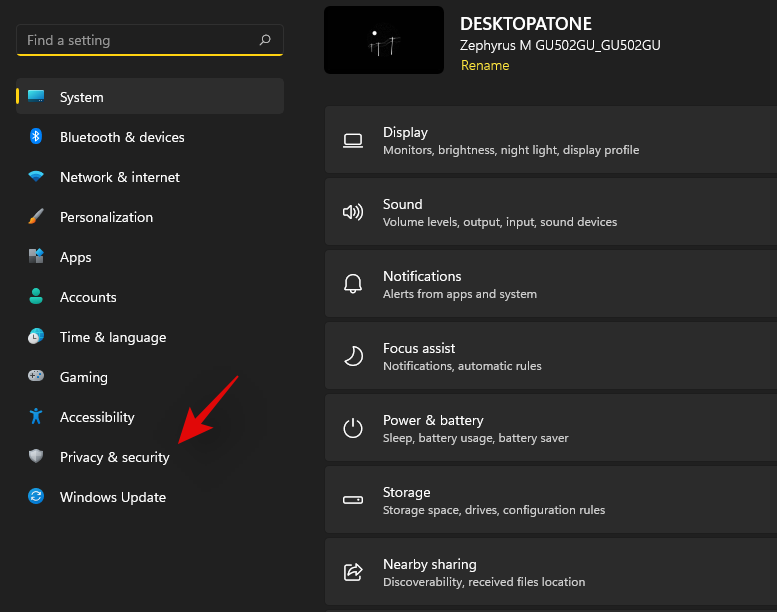
Otsingutööriistad on Windows 11-s ümber nimetatud otsingusuvanditeks. Otsingutulemuste tõhusamaks haldamiseks kasutage järgmisi suvandeid:
| Suvand | Kirjeldus |
|---|---|
| Kõik kaustad: | Otsige oma otsinguterminit kõigist praegusel draivil/partitsioonil olevatest kaustadest. |
| Praegune kaust: | Otsige ainult praegusest kaustast. |
| Muutmise kuupäev: | Sortige tulemusi nende loomise aja järgi. |
| Tüüp: | Sortige faile nende liigi järgi, osalege näiteks kalendrifailide või muusika otsimisel. |
Windows Searchis on mõned peidetud otseteed ja võtmeterminid, mis aitavad teil tulemusi vastavalt eelistustele filtreerida. Siin on mõned näpunäited:
Saate kasutada käsku size: suurte failide otsimiseks, näiteks size:gigantic.
Kindla faili leidmiseks kasutage parameetrit kind:; näiteks kind:.exe või kind:.pdf.
Otsige faile kindla kuupäeva järgi, kasutades parameetrit date:, näiteks date: 1/1/2020.
Boole'i filtreid saab kasutada otsingus mitme termini leidmiseks. Näiteks Samsung AND galaxy aitab leida faile, mis sisaldavad mõlemat terminit.
Oluline on märkida, et Windows Search on üheks kõige soovitatavamaks tööriistaks. Siiski on olemas mõningaid kolmanda osapoole tööriistu, mida võite proovida:
PowerToys pakub funktsiooni PowerToys Run, mis aitab parandada otsingufunktsionaalsust Windows 11-s. Installige ja seadistage PowerToys oma süsteemis, et kasutada selle tugevusi.
Kui PowerToys ei sobi, siis siin on mõned alternatiivsed rakendused:
Windows ei paku jaotust Windows Searchi keelamiseks, kuid saate proovida teenuse keelamist.
Selleks vajutage Windows + R ja tippige services.msc. Otsige üles 'Windows Search' ja paremklõpsake sellele, valige 'Properties' ning klõpsake 'Stop'. Lõpuks valige keelamiseks 'Disabled'.
Kui teie Windows 10 explorer ei tööta, oleme teid kaitsnud. Lugege ajaveebi, et leida lahendus, kui failiuurija ei tööta.
Kuidas värskendada draivereid Windows 11-s probleemide lahendamiseks ja seadmete ühilduvuse tagamiseks.
File Explorer on Windows 10 põhifunktsioon, mis võimaldab hõlpsasti leida ja hallata faile. Õppige, kuidas konfigureerida File Explorer avama "Seda arvutit" alates arvuti käivitamisest.
Kuidas kasutada Windows 11 otsingut tõhusalt ja kiiresti. Hanki kasulikud näpunäited ja parimad praktikad Windows 11 otsingufunktsiooni jaoks.
Iga arvutiga ühendatud seadet ja selle sees olevaid komponente haldavad seadmedraiverid. Draiverite värskendamine Windows 10-s on oluline mitmesuguste probleemide vältimiseks.
Kas näete File Explorer ei reageeri veateadet? Siit leiate tõhusad lahendused, et lahendada Windows 10 mittetöötava File Exploreri probleem.
Kuidas saada Windows 10-s abi - leidke parimad lahendused pea iga küsimusele, mis teil Microsoft Windows 10 kohta on.
Failiuurija ei reageeri tõrge Windows 10-s. File Explorer või Windows Exploreri protsess ei tööta operatsioonisüsteemis Windows 10. Hangi uued lahendused.
Uuri, kuidas tuua tagasi "Minu arvuti" ikoon Windows 11-s ja avada see lihtsalt, et pääseda oma failidele ja seadetele.
Kas te ei saa Windows 11 arvutis faile ja kaustu avada? Siit leiate teavet selle kohta, kuidas parandada, et Explorer.exe ei laadita käivitamisel ja tööle naasta.
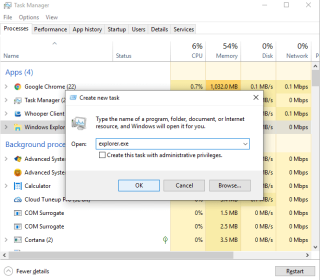
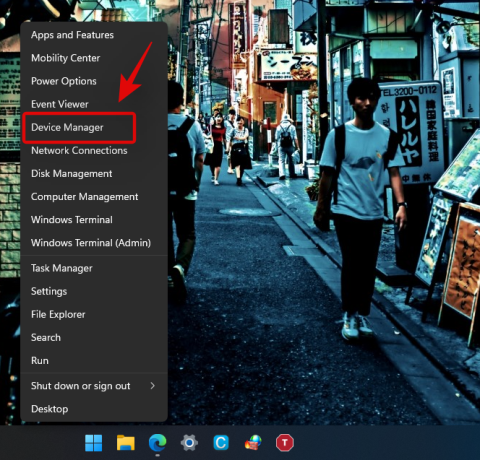
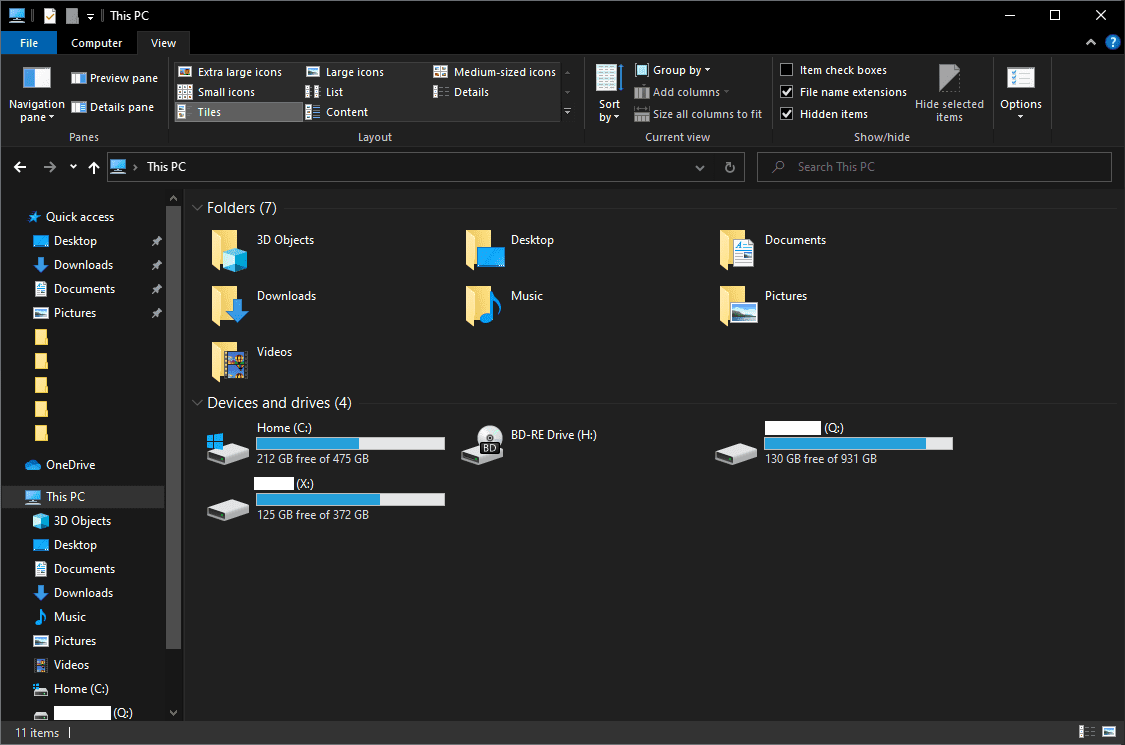
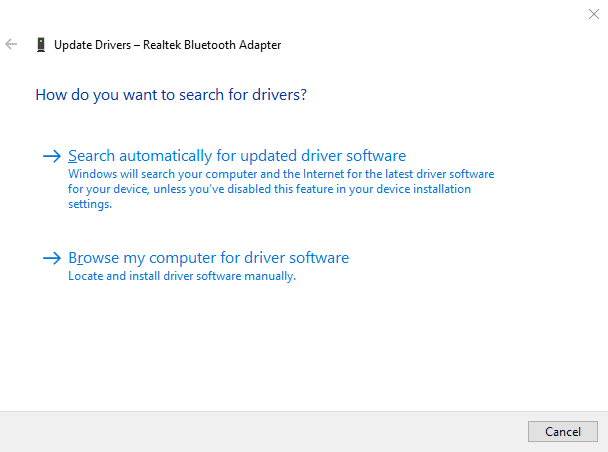




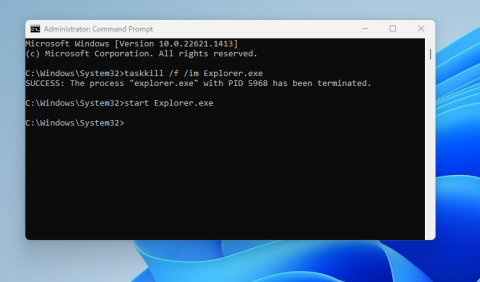
Kati M -
Super artikkel, aitäh! Otsingu parameetrid on nüüd tõeliselt mugavad ja usun, et see muudab igapäevaelu palju lihtsamaks. Milliseid nippe veel leiate Windows 11 jaoks
Liisi_XO -
Olen Windows 11-s alles algaja, nii et kõik nipid ja trikid on kõigile abiks! Kuidas saaksite soovitada selle funktsiooni kasutamist?
August -
Olen kasutanud Windows 11 juba paar kuud ja olen tõeliselt rahul! Otsimismeetod muutis mu elu, tuhandeid asju on nüüd lihtsasti leitavad. Aitäh jagamast
Marko R -
Lihtsalt fantastiline! Otsimise funktsiooni leidmine Windows 11-s oli minu jaoks tõeline elu päästja. Eelmine süsteem oli liiga keeruline! Aitäh, et jagasite seda kasulikku teavet
Maia -
Suurepärane teema! Otsingufunktsioon tuletas mulle meelde, et pean rohkem proovima oma failide korraldamist. Ma olen lihtsalt laisk olnud. 😅
Raigo -
Oi, õppisin just, kuidas Windows 11 puhul videoid ja pilte otsida. Aitäh infokillude eest! Peab igasuguseid nippe rohkem jagama.
Oleg7 -
Täna, et selle jagasite! Olen Windows 11 kasutaja ja see artikkel aitas mul palju asju selgeks teha. Otsingufunktsiooni uskumatu!
Anna P. -
Kuidas ma varem ei teadnud, et seda funktsiooni nii lihtsalt kasutada saab? Hämmastav, kuidas natuke teadlikkust muudab, kui kiiresti lõpptulemuseni jõuda.
Eliis -
Kas keegi on proovinud erinevates keeltes otsingut? Kas see muudab midagi? Kõik soovitused on teretulnud!
Kert -
Suurepärane artikkel! Windows 11 otsing on tõeliselt intuitiivne ja kiire leiutis. Kas keegi on kasutanud seda tõhusamalt? Jagage oma kogemusi
Peeter -
Oi, just see teema, mida ma vajan! Otsingusüsteem tundub kiirem ja tõhusam. Kas oskate öelda, kuidas veel efektiivselt kasutada taustprotsesse
Tuuli -
Oi, see artikkel aitas mul leida asju, mida ma ei suutnud leida. Nüüd on kõik nii lihtne! Milliseid muud funktsioone võiks veel ära kasutada?
Hannes -
Olen nõus, et Windows 11 otsing on palju paremini korraldatud kui varasemates versioonides. Aitäh teabe eest, kindlasti proovin seda järgmisel korral!
ReneIT -
Hea artikkel! Windows 11 kasutamine on tõeliselt nauditav, eriti pärast olenud veidršse probleeme, mis mul olid. 😀 Otsingufunktsioon igatahes on üks parimaid
Jaanika -
Tänan teid artikli eest! Windows 11 on tõeliselt huvitav ja olen aina rohkem hakanud selle uusi funktsioone avastama. Otsingufunktsioon on super ja madalast menüüst on lihtne pääseda. Mida veel soovitate?
Liis K -
Ma olin alguses segaduses, aga nüüd, tänu sellele postitusele, tean, kuidas Windows 11-s otsida. Aitäh jagamast! See tõstis tõeliselt mu tootlikkust
Maria K. -
Ma armastan Windows 11! Otsingufunktsioon on tõeliselt vajalik ja olen edukalt oma tööd kiirendanud tänu sellele!
Kristi -
Ma armastan Windows 11 funktsioone! Otsingut kasutan igapäevaselt ja see on ikka megakiire! Milline on teie lemmikfunktsioon, mida peaksin ära proovima
TiinaK -
Kas keegi oskab soovitada, kuidas neid uusi otsinguvahendeid parimal viisil maksimeerida? Olen juba paar tundi sellega mänginud, kuid igasugune täiendav info oleks teretulnud.